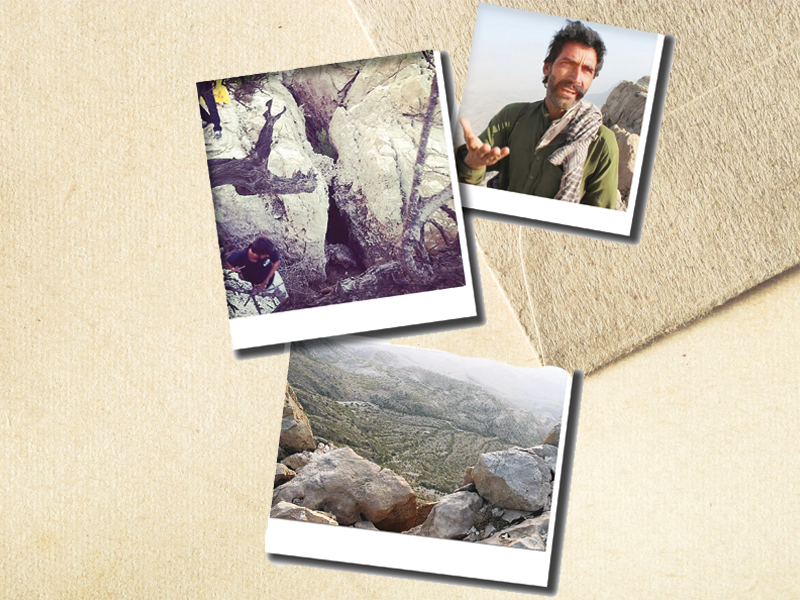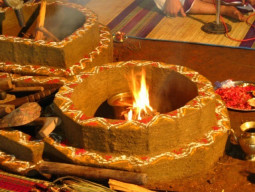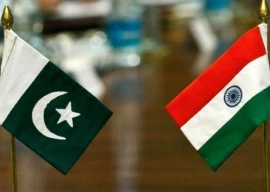
GORAKH:
They have carved into the hills to form passages and they have raised their families there. Now the government calls it a tourist attraction, while all they ask for is a school and a hospital.
The people of Gorakh Hills, in their own words, are ‘not educated but aware’. They live in houses built with mud and stone, right next to the Benazir Viewpoint - a site that looks down 6,000 feet below to the Kirthar Mountain Range.
There are three tribes living around these hills - the Shae, the alKhani and the Buzdar. Out of them, the Sindh government has employed 11 men as tour guides, paying each of them Rs17,000 every month.
“We love this place and we won’t trade it for the world,” says Nabi Bux Al Khani, a resident of the village. “All we want is a school and a hospital,” he quickly adds. He points out that a mosque is in construction. “We pray together outside our homes but we need a hospital and a school more than we need a mosque.”
His father, Mama Faizu, and brother are employed as tour guides. Even though he is unemployed, Bux gets up early and climbs to the hill to talk to the travelers. “I bought these binoculars for Rs7,000 on my own,” he says with pride. He has a bright purple floral-printed feminine scarf around the binoculars but his masculinity seems undeterred; a walrus moustache that one only sees in movies to match his mountainous resilience.
Despite his rough appearance, he does not appear to be a man to fear; he had an aura of unexplainable hospitality and humbleness. He is quick to invite travelers to his small village and introduce them to his family members.
The village
The village looks like nothing one usually sees in Pakistan. The houses are made out of mud and stone while, on the rooftop, there are solar power generators. The mountain goats there are long-haired and unique in appearance. The hens and roosters are healthy and run around with their young.
The children are round, fair and beautiful, their eyes are as brown as the mountains. The women wear brightly coloured outfits and are fond of making them but the men think that they should make them only for themselves and not for business.
Bux guides his visitors into a house that looks like a cave from the inside. A boy enters with a kettle full of tea, while Bux opens up packets of biscuits. He looks up and asks, “Would you like one of our goats or would you rather hunt here?”
He says they invite visitors to their house as a tradition. When asked if they had any fears living in this unforgiving terrain, his reply is short yet it reveals a lot about these people. “Hum kissey darega [What are we afraid of]?” He then points to a huge rifle in the house, hidden in a pile of clothes.
When it snows, they climb down the hill and go to the chief of the tribe, where they settle their disputes.
Their diet is simple. “We only eat milk and roti, anything dairy works for us,” says Bux. They can neither afford vegetables nor meat . “Kharab hogaye hain hum ab aap logo ki wajah se [Our habits have been spoiled because of you people],” he says with a smile, referring to the ‘kharaab khana’ that they eat in the rest house kitchens.
Published in The Express Tribune, April 25th, 2014.
COMMENTS (1)
Comments are moderated and generally will be posted if they are on-topic and not abusive.
For more information, please see our Comments FAQ





















































One of the best write up which written ever about gorakh. What a panoramic words are used to explain reality... Wow @hifzaa plz keep it up and waiting for next column about gorakh journey